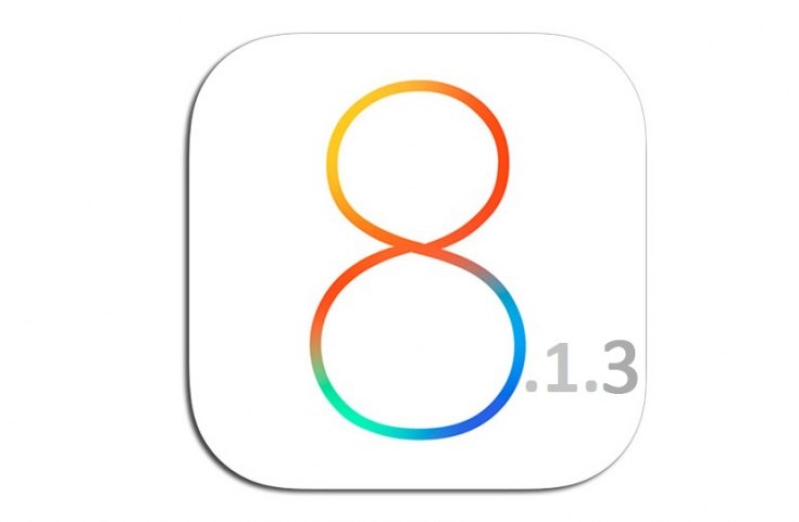
Apple has released the latest version of its mobile software, iOS 8.3, to iPhones and iPads. While there are some great new features, some users have experienced problems after updating their devices.
According to Gordon Kelly of Forbes, Apple managed to add new features and fix some huge problems. However, he noted that there were significant bugs in iOS 8.3, including a problem some users have termed as "WiFried," which was defined by Apple as "an issue where some devices disconnect intermittently from Wi-Fi networks."
"For a bug first spotted on Sept. 20 - within a few days of the original iOS 8 release - this really isn't good enough, given the problem renders Wi-Fi connectivity almost useless," Kelly wrote.
Kelly noted that the second big problem iOS 8.3 users encountered was missing photos. He argued that the photos were not missing but instead were hard to find "because their chronology is jumbled."
"An interesting quirk finds apps which access the camera roll do show photos in chronological order, which has reassured most that their photos are not lost, but opening the camera roll itself is a complete mess," Kelly wrote.
Kelly then elaborated on the third problem, which focused on the amount of iCloud storage users had on their devices. Some users found discrepancies between the actual and perceived totals on iCloud storage.
"Deleting past backups and restoring devices hasn't worked and the problem is iOS accepts the reported amount so warns users their devices are full and therefore limits downloads and backups of new apps and media," Kelly wrote.
Adam Mills of GottaBeMobile issued a few tips on how to fix some of the common iOS 8.3 problems. He first looked at those who had trouble installing the update on their Apple devices.
"If the iPhone or iPad gets stuck during the iOS 8.3 installation process, users will want to perform a reboot by holding down the power button and home button at the same time for a few seconds until the device restarts," Mills wrote. "This typically gets the update's juices flowing again."
Mills added that the update "may simply start over" if it doesn't continue automatically.
"This method has worked for us and many other users in the past, so it's worth a shot if the iOS 8.3 installation falters," Mills wrote.
As for fixing the common problem of Wi-Fi connectivity problems, Mills suggested resetting the device's network settings.
"This is an extremely easy process though it could take a couple of minutes to complete," Mills wrote. "Those experiencing Wi-Fi issues will want to set aside some time to ensure that the process goes as smoothly as possible. To do this, open up the iPhone, iPad or iPod touch and head to Settings > General > Reset > Reset Network Settings."
Mills added that users will need to have their passcode and Wi-Fi password handy with this method, given that the information would be erased once the iPhone or iPad reboots. If that doesn't work, he advised users to reboot their router or modem.
"It's also worth updating the router's firmware," Mills wrote. "This process is going to differ based on make and model so users will need to find the manual or consult the appropriate company's website."
If all else fails, Mills recommended taking the affected device to the Apple Store and obtaining a diagnosis from the Genius Bar. Otherwise, a factory reset, which "will wipe the device clean" and will take time to complete, should fix the problem.
"To do that, choose Settings > General > Reset > Erase All Content and Settings," Mills wrote. "Again, this will wipe everything from the iPhone or iPad, so make a backup before doing this."







